A few years ago, a student of mine sent me an email letting me know that she saw one of my paintings in a movie she had watched. I’ve had a -lot- of people tell me similar things, and I usually dismiss it since those people are usually my Mom and Dad and tend to think anything remotely SFF related must have been created by me. But this person was a student of mine, and intimately familiar with my work, so I felt it worth looking into.
That student was kind enough to mail me a copy of the DVD, a rather large budgeted Bollywood movie called Saawariya. I was expecting to see, at worst (or best, depending upon your perspective), one of my paintings hanging on a wall as a camera quickly panned past it. I was pretty shocked to see that within the first few minutes of the film, my painting ‘Shiva’s Crown‘ appeared not as a small piece of background art, but as a massive stage backdrop.
My first reaction was ‘Whoa!’, quickly followed by, ‘Wait… WTF?‘ I was never contacted about this usage, let alone paid for it!
Now, I’ve had clients stiff me for payment in the past, and it usually just takes a few nasty phone calls before they finally pay up. But this was something totally different. This wasn’t a commission whose invoice was just past due… this was blatant copyright infringement on a global scale. I realized I was going to have to sue Sony Pictures, and I cringed. I have never sued anyone before, let alone a massive corporation like Sony, and had no idea what it entailed. I just envisioned myself going broke taking the case to court, only to be squashed by the massive legal team of the ‘Big Bad Corporation’.
Luckily, that’s not how it went down at all, and I’d like to share with you a few things I learned through the experience.
The first thing I did was find a Lawyer who specialized in entertainment. I ran a few Google searches, and found a guy in LA who handled just these sort of cases. He gave me two options:
- 1: Pay him his hourly fee to write a letter to Sony and hope they cough up the money. If they don’t, continue to pay him his hourly fee to pursue the case.
- 2: Pay him nothing, but give him 30% of the awarded damages should we win any.
Not knowing how long something like this could go on for, I thought it best to choose Option 2.
My Lawyer had me watch the movie and document every instance where my painting appeared on screen, as well as clock the total running time of those appearances. I also had to send him proof that the painting in question had been created before the movie went into production. Luckily, the painting was used as the flyer for a gallery show I was part of back in 2003.
He then proceeded to write a letter to Sony describing the infringement, demanding payment, and threatening them with legal action if said payment wasn’t remitted. Sony, in turn, stated that they were not legally responsible for any infringement since the were just the producers, not the creators, and that the creators of the film had signed waivers, making them the guilty party. This actually discouraged my Lawyer quite a bit, since this means we had to hunt down the studio in India that created the film, and that the infringement was now subject to that country’s laws.
We found the studio responsible, and once again my Lawyer wrote a letter demanding payment. Surprisingly, they replied very promptly, were very apologetic, and sent payment immediately in order to avoid any legal action. We honestly could not have asked for a better response.
The sum I received as compensation was more than fair, and certainly much more than I would have charged them had they simply asked permission in the first place. I did not receive a Zillion dollars however, as I’m sure my Lawyer was hoping. I don’t know that I would even want to receive an unfair amount of compensation (simply on moral grounds), but a few things prevented that from happening anyways.
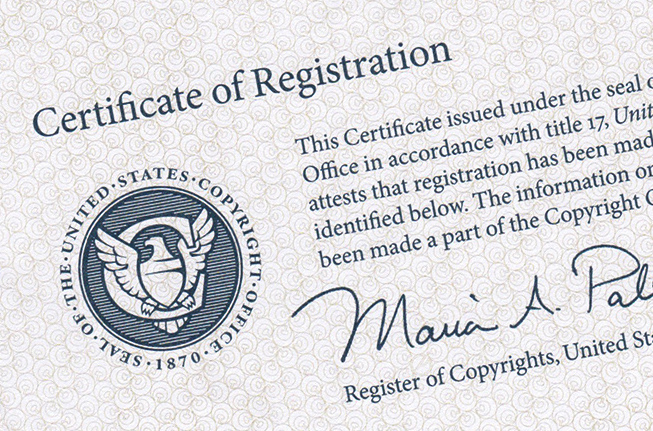
The biggest hurdle in receiving compensation was that I had never registered the image with the US Copyright Office. There seems to be a lot of confusion surrounding copyrights, so I thought I would clarify a few things….
Firstly, every image an Artist creates is instantly copyrighted the moment it is created. The Copyright office does not grant copyrights, it registers them. The purpose of this registry is for just these sort of cases. If someone infringes a copyright, you have proof that you own the copyright, and that they were either negligent, or were aware of the deliberate infringement since the image is on file. If you have not registered the image, the culprit can claim ignorance, and is held far less responsible. Basically, we have laws about this stuff… but if you can’t prove a law was broken, then there is no crime. Hence, the need for a registry.
If you have not registered your image, you can only sue for the fee you would have initially charged, plus a little extra to serve as a future deterrent. Without the deterrent, people would always steal their images hoping to never get caught, and if they did, the only repercussion would be having to pay what they would have had to in the first place. If the image is unregistered, you can not sue for amounts over $30,000, and you can not be compensated for legal fees.
All this changes if you’ve registered your image!
If your image is registered, meaning the infringement can be proven as deliberate, you can sue for up to $150,000 per instance, as well as all legal fees incurred. Further more, the judge can serve an “injunction”, stopping the movie from being released in theatres or sold as DVDs until the the matter is settled. Not being able to release a movie would be a financial disaster for the studio, so they would likely settle for any amount you asked.
So the lesson in all of this is, even though you own the copyright to everything you create, it is in your best interest to register that copyright. Now, you must be saying to yourself, ‘I’ve created hundreds of images… wouldn’t that cost a fortune to register them all?’ The answer is ‘no’. You can print a single book containing all of your work, and register that book. All images contained therein would then be copyrighted as well. The only downside to this is that the effective date of those copyrights would be when the book was created, regardless of how old any image inside of it was.
To make it even easier, you can now register your images in the form of a PDF through email.
Go here for more info: http://www.copyright.gov/
Now, I’m sure many of you have had your own art stolen as well and are wondering what to do about it. Sadly, it really depends on who is stealing it. In many cases, there’s not a lot you can do about it. If someone is stealing your work, and only making a few hundred dollars off of it, it is not likely that a big name Lawyer is going to bother take the case. After all, they are only getting 30%, and if that means just $100 or so for them, they aren’t going to care. In these cases, the best advice I can offer is to politely email the culprit in question, explain the infringement, and ask for fair payment. If they agree.. Awesome! You just found yourself a new client! But if you explained the situation and they still don’t comply… Raise Hell! Demand payment. Make threats. Shame them on social media. Do whatever you need to do to make sure that next time they think about stealing your work, they’ll decide it’s simply not worth the trouble. The chances are that you’ll probably exert more hours than it was actually worth financially. But that’s OK. In the long run, it’s not about getting retribution… it’s about preventing future thefts.


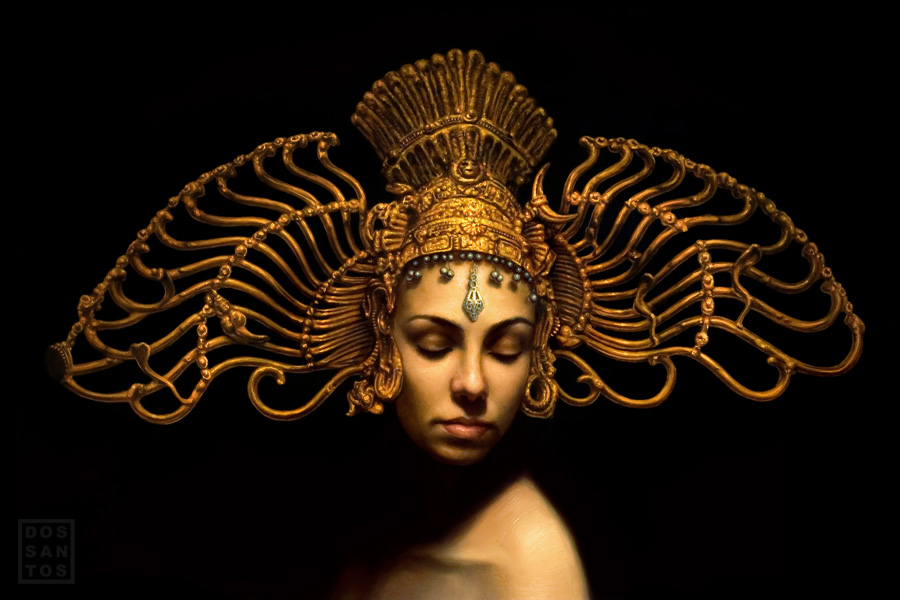
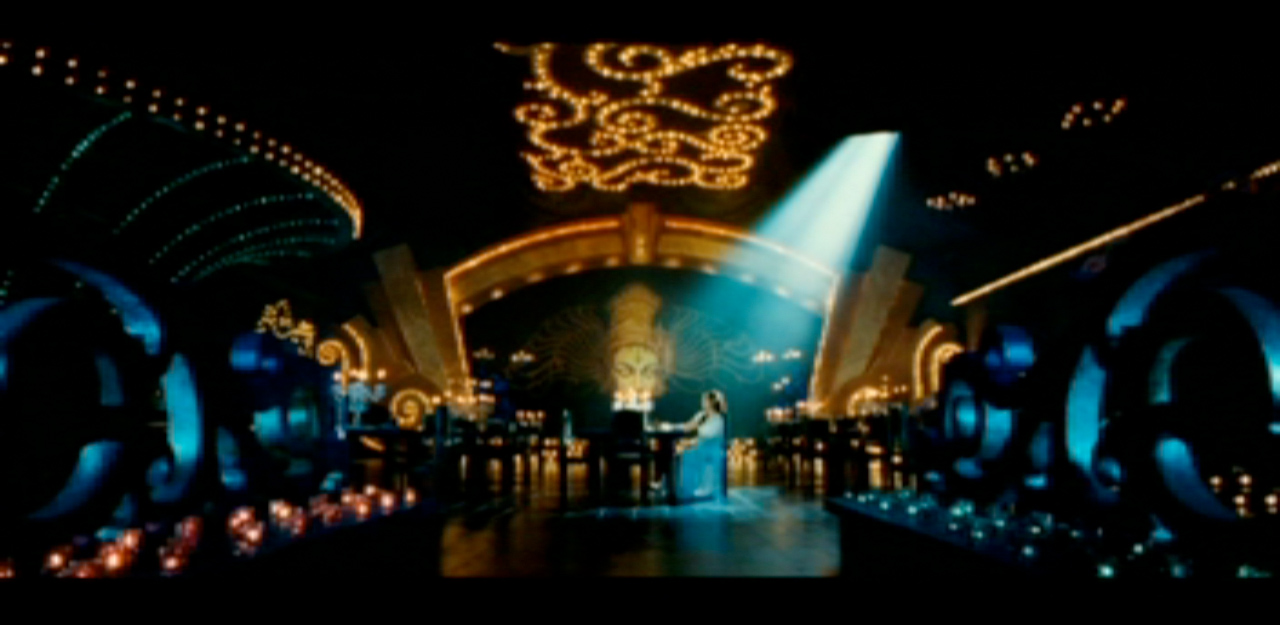
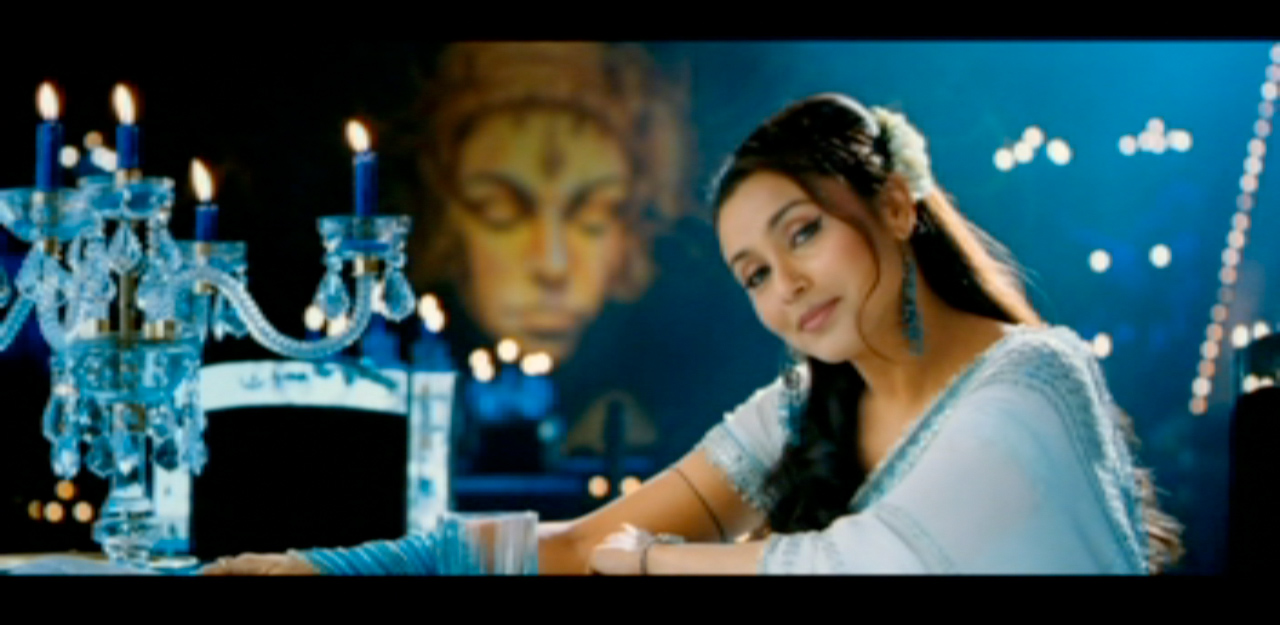



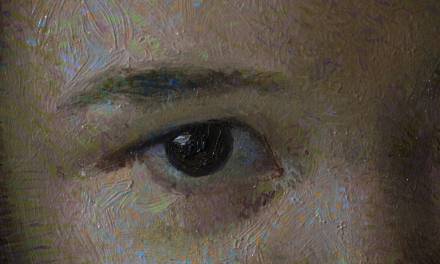
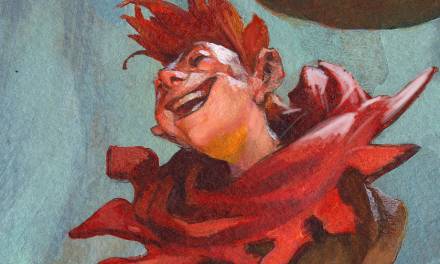
This is an extremely helpful post Dan! I've heard so much hearsay I was never quite sure how all the copyright stuff worked. Thanks!!
This is priceless info. I'm glad it worked out for you this time around. It seems to rarely work out in favor of the hard-working artist. You clearly made the best possible decisions here.
Thanks so much for this article! I know a lot of artists would be so intimidated when dealing with an overseas company, but you article really helped shed light on that kind of situation.
And I didn't know you could register through PDFs now, thanks for the tip! Thats so much easier than sending hard copies through the mail (especially when you're overseas).
Cool thanks for sharing man.
What if an artist isn't from the US?
Thanks for this post.
Although I think it may only help American artists to register with the copyright.
I had once the case where an American “wannabe-airbrush artist” had done a blatant copy of a piece of mine on a car and he even advertised himself with this creation process of the copy on the internet and in magazines.
These are cases where I´d say, alrighty, if copying is all you can and the world need to know that, then go on. In case of companies I think different as well. My favorite teacher from art school had a similar issue with the company matchbox in the nineties, where they used an eagle on the hood of a tiny car, a student told him so and they got sued also for a very good amount. My guess is, that its always good to have a specialized lawyer for such cases, and of course cases that are worth it:)
thanks a lo for this post!
really helpful.
And I'm happy you could handle this “disaster” in the end…
@Fantasio:
Copying someone else's art and selling the original is totally legal. Copyright law only protects reproductions, not recreations.
So pairbrushing someone else's art on a car is technically OK.
In your Teacher's case, the art was reproduced, that's why it was an issue.
Think of what he did like a musician in a bar playing a cover song.
He didn't do anything wrong, so you might as well take it as a compliment.
@ Mike:
Technically, my word is -still- hearsay.
You should research it yourself.
These things were my specific experiences, and I don't know copyright law well enough to say if they are common or not.
Dan, glad to hear everything worked out well for you, even if a zillion dollars wasn't involved. And a big thanks for posting the info on registering copyrights – very clear, concise, and helpful.
Wow… a lot of old questions answered here… THANK YOU!!!
Glad it worked out so well. On a side note…
If this was released as a dvd I am guessing u were credited for it..?
Was it a decent flick?
I have to parrot the rest of the group with saying what a great post that was. I think your lawyer should have worked-out a clause in the contract that had you digitally in the movie as an extra in every scene. 😉
Better call Saul.
I agree with erica, a lot of useful info. Thanks.
Thank you! Very insightful, especially this part:
“You can print a single book containing all of your work, and register that book. All images contained therein would then be copyrighted as well. The only downside to this is that the effective date of those copyrights would be when the book was created, regardless of how old any image inside of it was.”
Wow… Crazy story! I can imagine the reaction to suddenly seeing your work in such a format!
That's really good to know about registering your body of work as a single book. Thanks for the insightful post.
Guess it was a good thing you went through the experience, Dan! Certainly adds incentive for us to get our images registered. What you went through certainly sheds a little light on your end of the legal process too. Thanks for taking the time to post! Better than us learning the hard way!
Excellent info!
The wonderful thing is that this ultimately turned out well in the end, Dan. The sad thing is…it's sort of the exception rather than the rule. I recall years ago (he said, aging himself) when the designer for the 1980 Flash Gordon film “borrowed” Mike Presley's art for some set pieces. Mike never was able to get Universal to pay up. Likewise there was 1977's The People That Time Forgot that used blow-ups of several Frazetta paintings to serve as backdrops for a throne room scene (much like the bollywood production used Dan's painting): Frank never saw a penny. So…three cheers to Dan Dos for coming out on top in this case. Chalk one up for the good guys!
@Dan
I'm not so sure about your statement,
“Copying someone else's art and selling the original is totally legal. Copyright law only protects reproductions, not recreations.
So airbrushing someone else's art on a car is technically OK.”
I think it might be illegal if the copyist makes money from someone else's creation. The usage doesn't seem to fall under fair use either.
At least, that's how I understand copyright. Where Fan Art falls in all this copyright mess, I have no idea.
For anyone interested…
Here's a page I found on fair use on the U.S. copyright Web site:
http://www.copyright.gov/fls/fl102.html
Also, the links for Copyright Basics and FAQ are helpful. http://copyright.gov/
I especially like the question about copyrighting a sighting of Elvis. http://www.copyright.gov/help/faq/faq-protect.html#elvis
Well played, Dan. That's just insane and you came out of it on top and with little damages to both parties. It's really great that they were able to own up and pay up. That was such great advice and a great share on your experience. I'm going to do some digging into that link you gave us. Thanks – you are so awesome! <3
Thank you; this is a very informative post. I knew about registering copyright but I never understood the legal side of why it'd be beneficial to do so.
I'm glad you got this sorted out relatively painlessly.
great post. watched the movie at a movie theatre in london. so, basically, 70% of half a cent of my ticket should be yours.
thank you for the post. it's helpful.
Do you have permission to use stills from their movie on your website? 😉
If somewhere on your website 'copyrights on all images 2011' is mentioned, shouldn't that also be enough? Or do you than have to register your website?
Thanks for taking the time to explain and comment back!
Technically, I´d say, the reproduction begins with spreading a recreation on the internet, or not? Your comparison with a musician doing a cover song is great, but usually the musician who covers a song has to mention this to the GEMA (at least in Europe) and they share some percentages of the collected money to the artists that are covered by others.
There are even institutions for visual artists, (in Germany at least) where from every copy, some percentages go to the artists. But in order to make legal use of it, the artist copying or “recreating” another artists work has to mention their reference, in a blog post or in a magazine article. And this acknowledgement from the other party was simply missing in my case.
Other than that, its sure a compliment and I usually don´t bother about:)
I know this doesn't have much to do with this article, except for the fact that someone else's art was used without permission… but I was wondering if someone from Muddy Colors would make a new article about the massive art theft that's coming out into the open right now. Namely Chad Love Liebermann, was stealing artworks from artist all over the web and sold them on multiple sites for hundreds even thousands of dollars without artists permission. Two of these sites are already down, but there are artist all around the web furious about this, while others mightstill be clueless. If you browse through the news section of devianART from the last 2 days you'll find countless news articles about this. I just thought since a lot of people visit your blog they should be warned, and maybe if someone knows him they could kick him in the balls a few times for those of us who aren't close enough to him to make any permanent damage.
We need a tutorial on how to fill out that form. I downloaded a sample form from the link you posted its something like 6 or more pages long and I have no clue what to do with it and does it cost anything?
A few years ago, I had a client in Thailand buying small, under $200 miniature paintings over about 8 years. The relationship was long and one day I just decided Facebook would be so much easier than emails for contact. Never found her. Searched the address I was sending to and found a design productions house, that had been making dog food packaging for a really large client, like the ConAgra of Thailand. For one year I argued it out with her before she (many many lies) send a letter from her ‘lawyer’ saying I did it for “work for hire” and they owed me nothing. With 6 months under my belt and a lot of research in fair value and registering our work (she did sen the photos, but they allow collaboration in copyrights) I spent another nearly year, and we negotiated a 5 year contract, I reduced my fee to allow that they had been duped too and I have watched my art ease off their packaging. I offered to actually DO the art!! With stamina, and a lot of research, I too got more than I would have bargained for. DO NOT LET THEM GET AWAY WITH IT!
Very helpful–thank you!
That is a really great article! Thank you so much for spending time to describe your case and your solution!